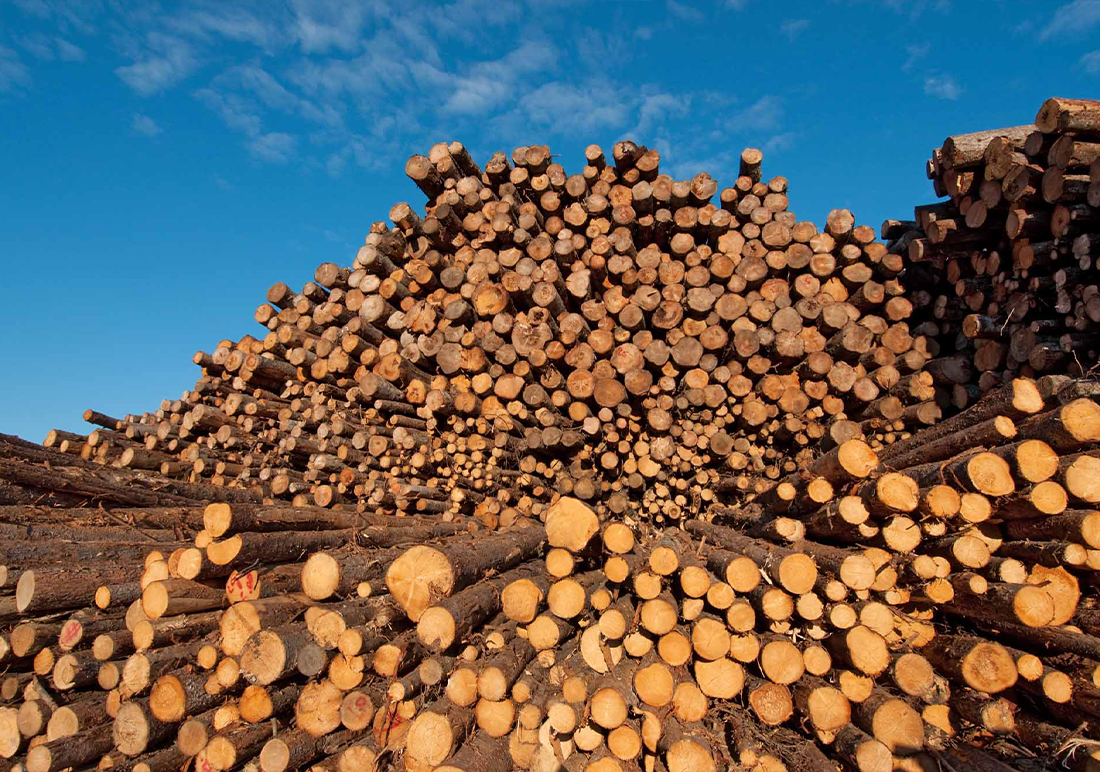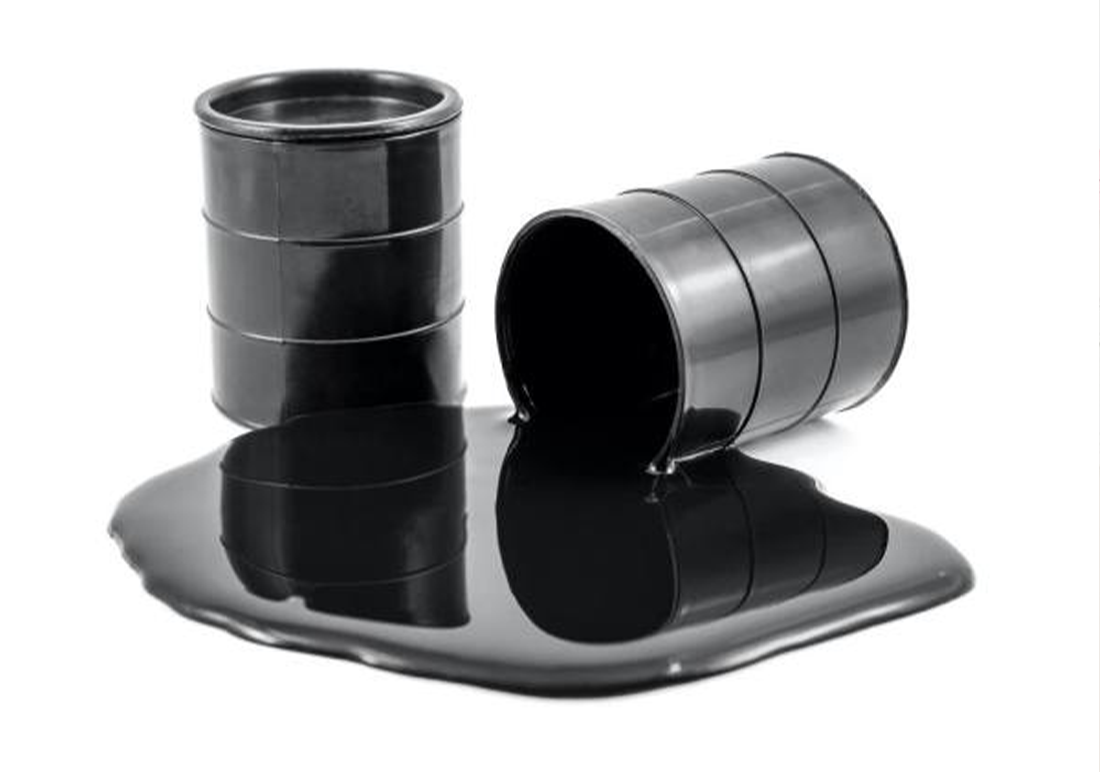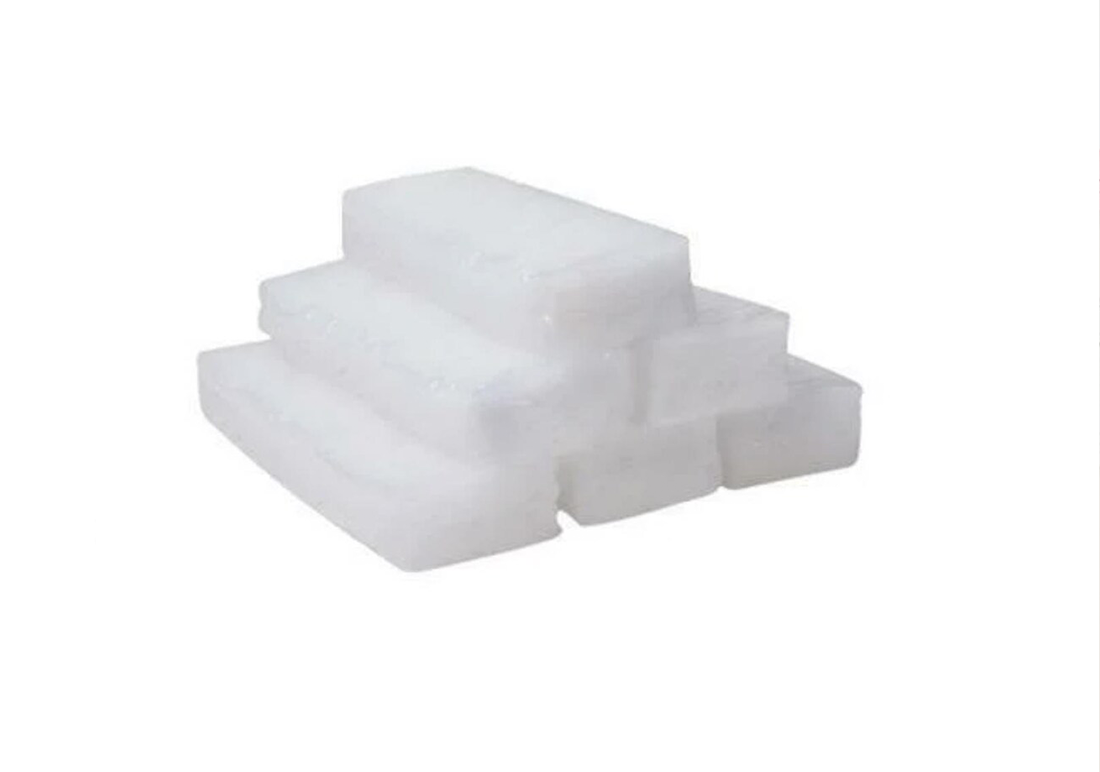Wood: Nature’s Original Building Material Still Shaping the Modern World
From ancient temples to modern skyscrapers, wood has remained one of humanity’s most trusted, versatile, and sustainable materials. As both a natural resource and a modern commodity, wood is used in everything from construction and furniture to energy production and packaging.
In this article, we’ll explore the types of wood, major uses, global trade, and why wood is still a leading material in the age of steel, glass, and composite innovation.
🌳 What Is Wood, Technically?
Wood is a natural, fibrous structural tissue found in the stems and roots of trees and other woody plants. It is composed primarily of:
-
Cellulose (provides strength and flexibility)
-
Lignin (binds fibers and adds rigidity)
-
Natural oils and resins (affect durability and scent)
Wood is biodegradable, renewable, and carbon-storing, making it a top choice for eco-conscious industries.
🌲 Types of Wood
Wood is classified into two broad categories:
🟢 Hardwood (from deciduous trees like oak, walnut, beech)
-
Denser and stronger
-
Used in furniture, flooring, musical instruments
-
Often more expensive
🟤 Softwood (from coniferous trees like pine, spruce, fir)
-
Lighter, easier to work with
-
Used in construction, packaging, paper
-
Grows faster and is more affordable
🌿 Engineered woods like plywood, MDF, and OSB are also widely used for their stability, cost-efficiency, and custom sizes.
🏗️ Applications of Wood
| Sector | Use Cases |
|---|---|
| Construction | Beams, planks, plywood, formwork, roofing, flooring |
| Furniture | Tables, chairs, cabinetry, decorative panels |
| Packaging | Pallets, crates, boxes for industrial and food exports |
| Energy | Firewood, wood pellets, biomass fuel |
| Paper & Pulp | Raw material for paper manufacturing |
| Crafts & Design | Musical instruments, carvings, artworks |
Wood combines aesthetic warmth with mechanical performance, which makes it a timeless choice across all regions and cultures.
📦 Wood as a Commodity: Forms & Packaging
Wood is traded in various formats, depending on its intended use:
-
Rough sawn timber / logs
-
Kiln-dried lumber (moisture controlled for furniture)
-
Plywood, MDF, OSB sheets
-
Pallet wood / planks for packaging
-
Chopped firewood / wood pellets for energy
Packaging & Export:
-
Bundled with plastic wrap or metal straps
-
Exported in containers or bulk, often with fumigation for phytosanitary compliance
🌍 Global Trade of Wood Products
Top exporters include:
-
Russia, Canada, USA, Sweden, Brazil, and Indonesia
Top importers:
-
China, India, Germany, UAE, Egypt, and South Korea
The global wood market is influenced by:
-
Construction booms
-
Sustainability policies
-
Furniture manufacturing hubs
-
Raw material shortages in certain regions
✅ Why Wood Still Leads
-
🌱 Renewable and sustainable
-
🪵 Strong but lightweight
-
🛠️ Easy to process and modify
-
🌍 Eco-friendly and carbon-neutral
-
💰 Cost-effective compared to concrete, steel, or aluminum
⚠️ Challenges in Wood Industry
-
Deforestation and illegal logging
-
Moisture sensitivity and pests
-
Fire risk without treatment
-
Supply chain disruptions due to sanctions or regulations
Today, certified sustainable forestry (e.g., FSC or PEFC certification) is crucial for ethical trade and export approvals.
📌 Conclusion
Wood is not just a building material — it’s a statement. A statement about sustainability, warmth, natural beauty, and functionality. As industries shift toward greener alternatives, wood remains at the center of innovation, combining tradition with environmental responsibility.
Whether you’re trading hardwood timber, producing furniture, or exporting packaging-grade planks, wood continues to be a smart and globally in-demand material.










